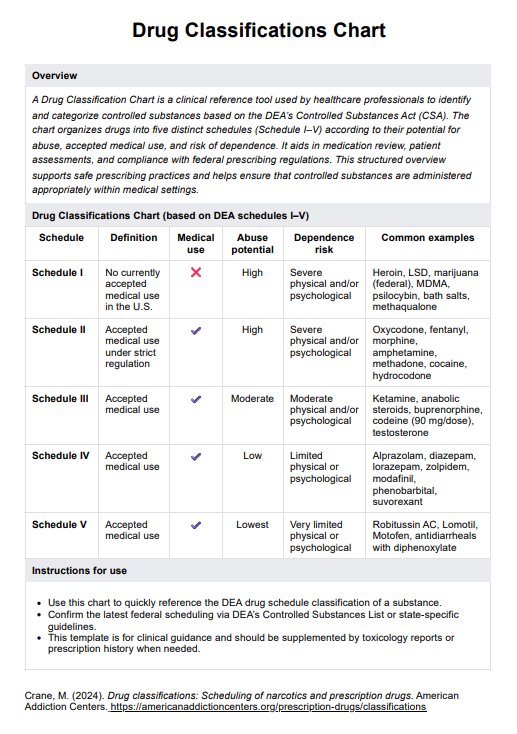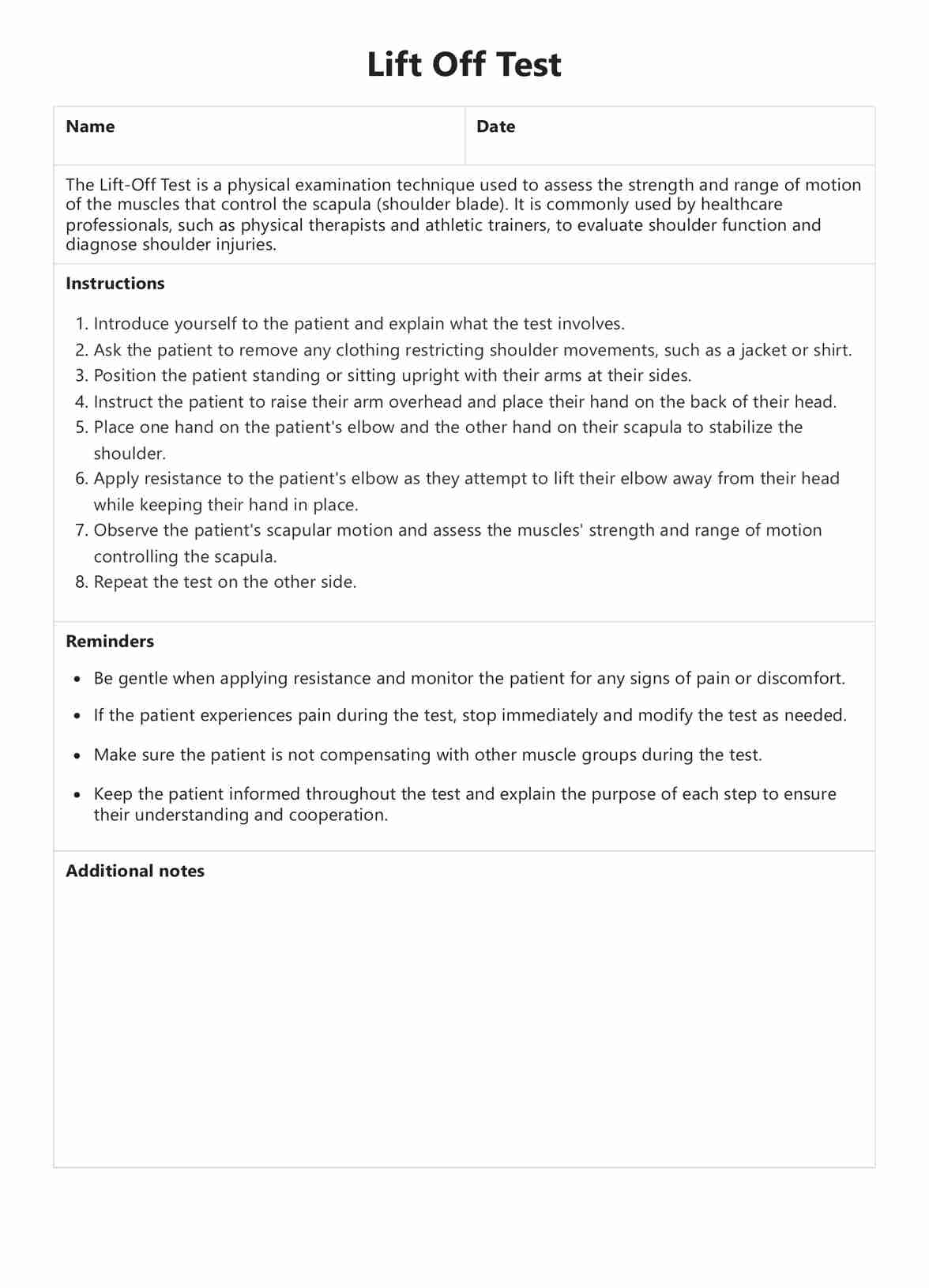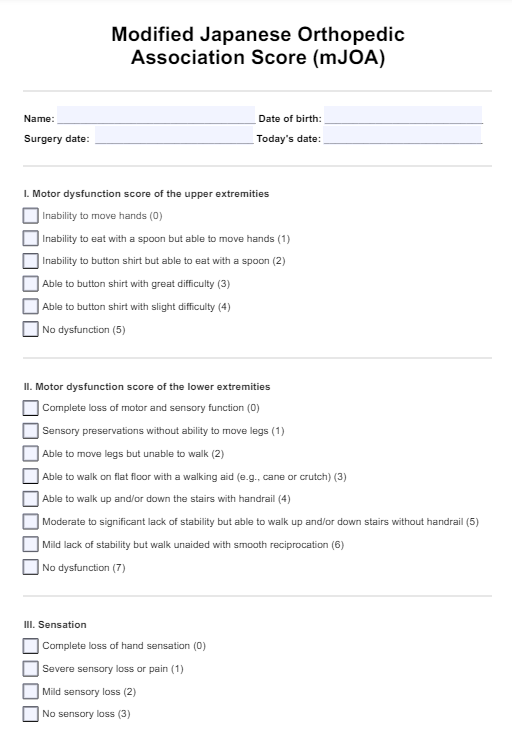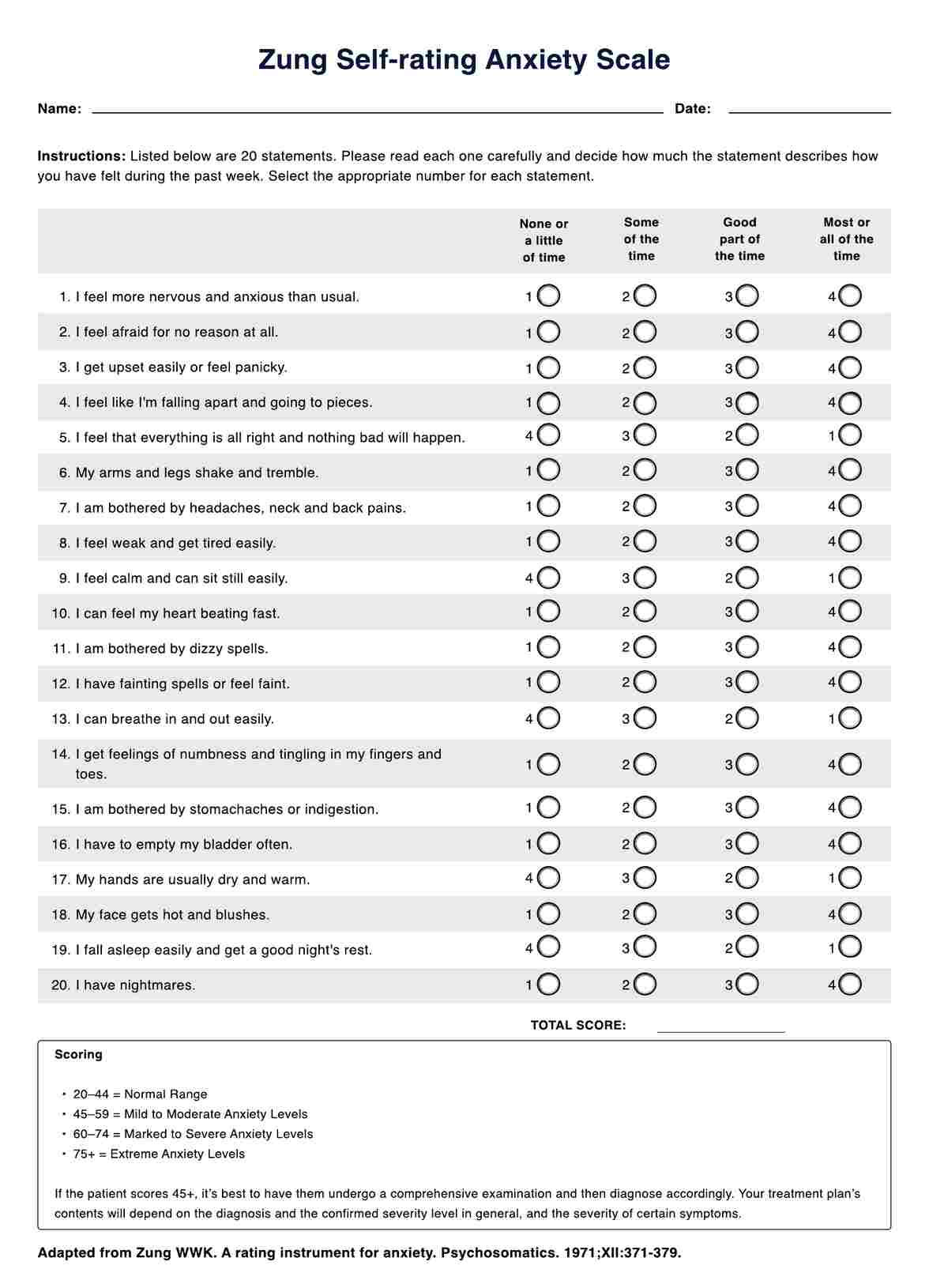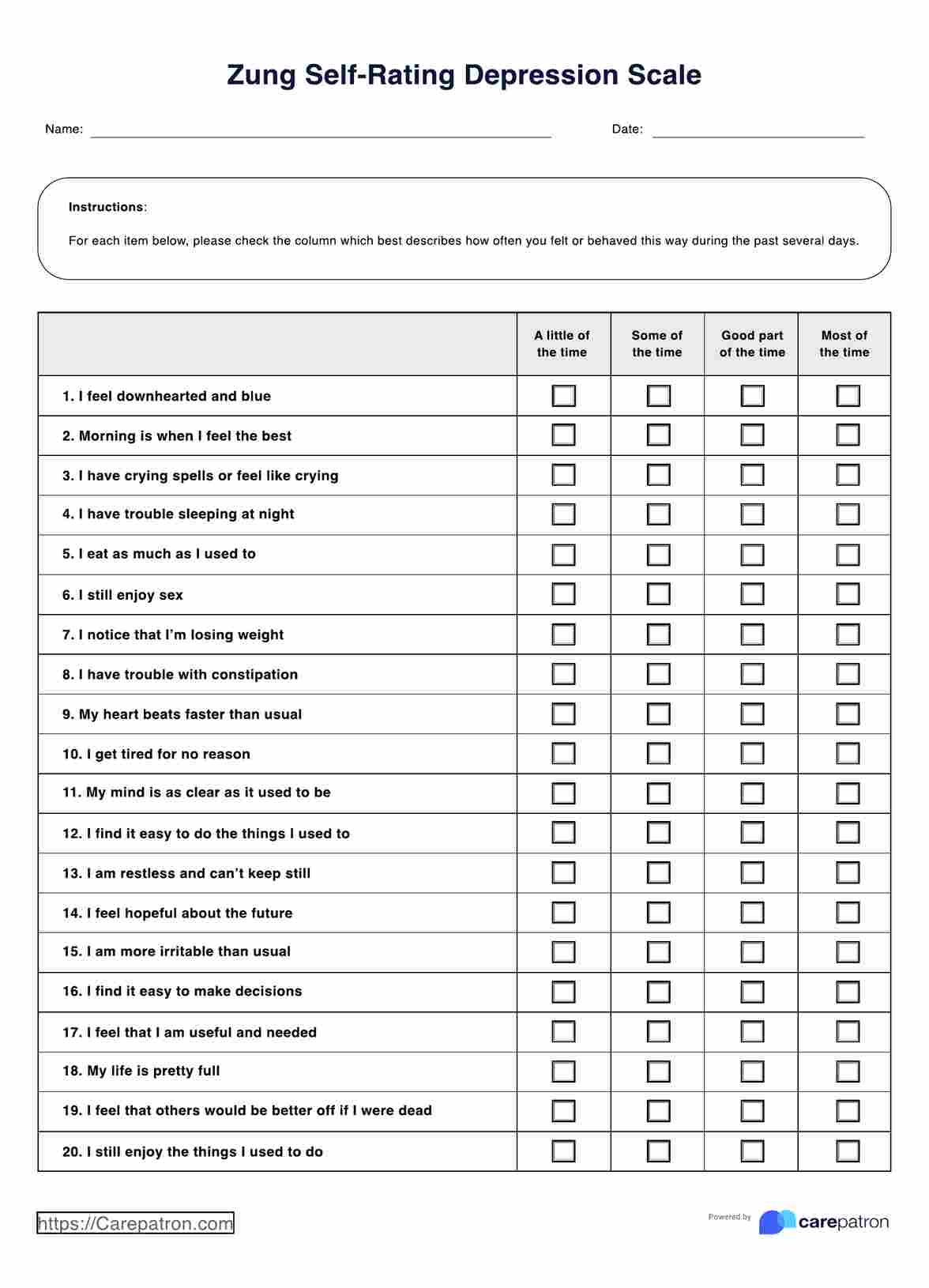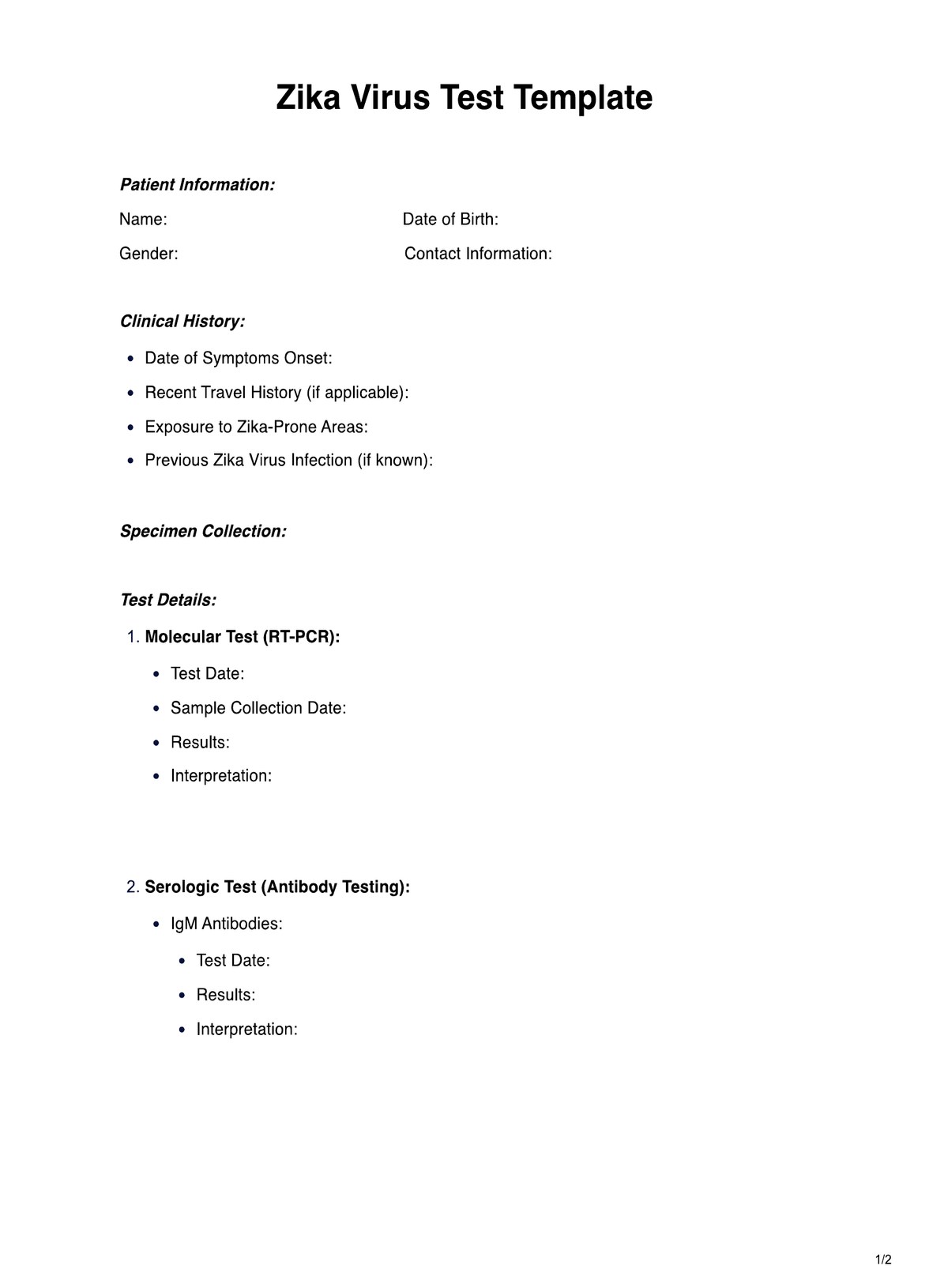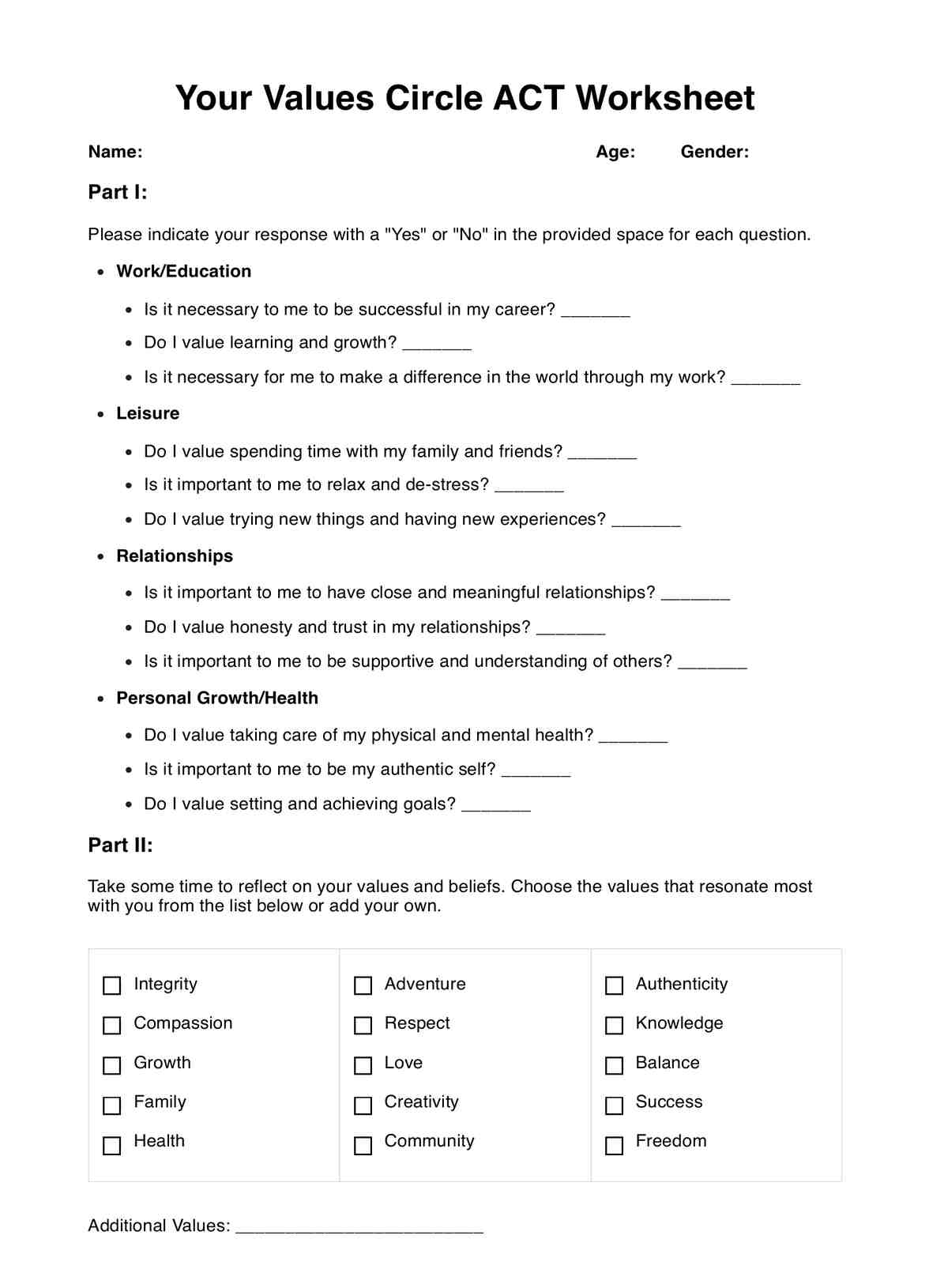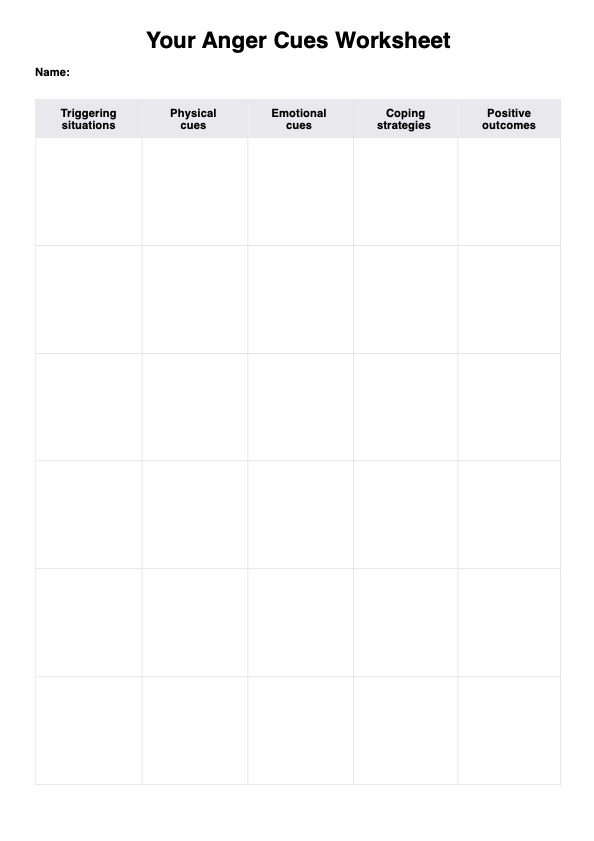The AAQoL score is the standardized total or subscale score derived from the Adult ADHD Quality of Life–29 (AAQoL-29) assessment. It reflects how ADHD symptoms impact an adult patient’s quality of life across key domains such as life productivity, psychological health, life outlook, and relationships.

AAQOL-29
Download Carepatron's free AAQoL-29 PDF example and learn how to use this ADHD quality of life tool effectively in clinical practice with this guide.
AAQOL-29 Template
Commonly asked questions
Each of the 29 items is rated on a 5-point Likert scale and assigned a numerical value from 1 to 5. Some negatively worded items are reverse-scored. Raw scores are calculated for each domain; the total scale is then transformed to 0–100. Higher scores indicate a better quality of life.
A total AAQoL-29 score of 27, when transformed to the 0–100 scale, indicates severe impairment in ADHD-related quality of life. This score falls within the 0–25 range, suggesting significant functional limitations and reduced well-being, warranting further clinical attention and intervention.
EHR and practice management software
Get started for free
*No credit card required
Free
$0/usd
Unlimited clients
Telehealth
1GB of storage
Client portal text
Automated billing and online payments


